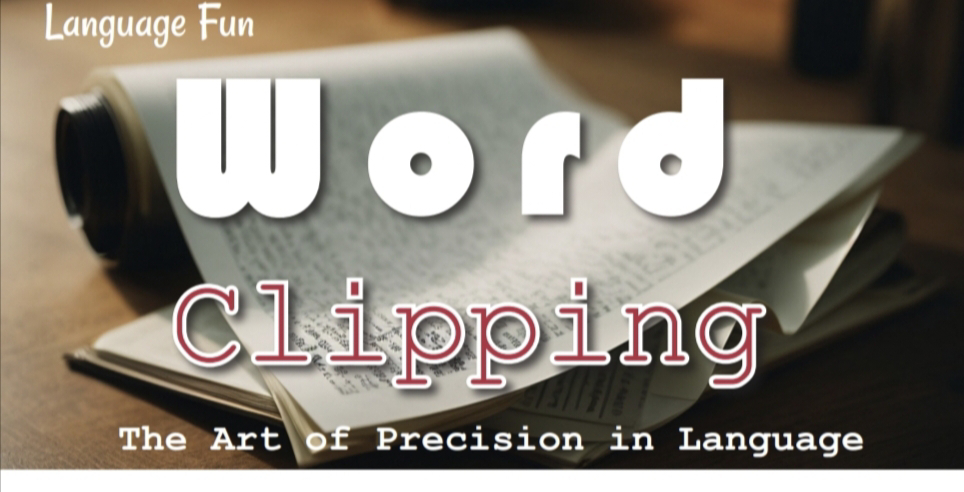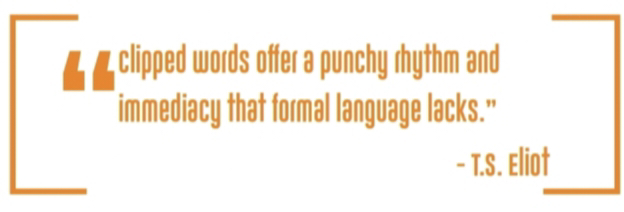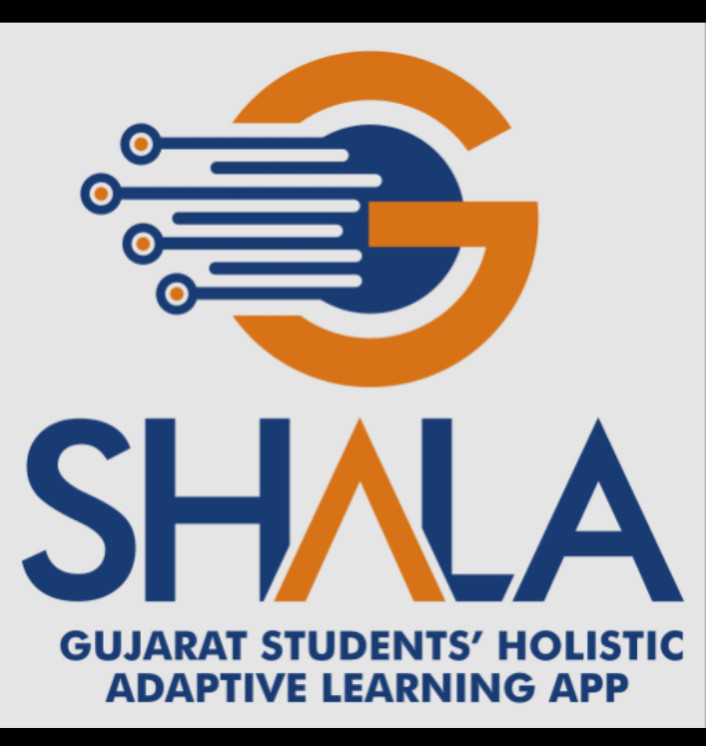Labels
22 October 2024
Skills for English Language Learning- Part 1
18 July 2024
Beyond The Alphabet : 2
Beyond The Alphabet :2
‘e’
with different sounds in various words!
Indian languages are scientific and rich with the most salient characteristic that is their pronunciations. They are written according to their pronunciations, unlike English language. While reading in English language we find that the sound is varied from the letters those are written.
One of the major reasons behind the diversion of the pronunciations is the vowel system of English language. They are quite confusing for the beginners as well as for the foreign students. There are only five vowel letters i.e. ‘a’, ‘e’, ‘i’, ‘o’ and ‘u’, but the language is rich with more than 15 different vowel sounds. The key is that each vowel letter has about five to six basic sounds, and it is important to learn the basic sounds of each one.
We have studied about the various diction of letter ‘a’ earlier in January ’24 issue of Linguazine. Now let’s proceed with another vowels.
Let's begin with the letter 'e' with different examples:
Generally, ‘e’ is pronounced as /ˈiː/ but it has common sounds as /e/, /i:/, /ɪ/, /ə/, /iə/ with its different uses.
1. 'e' read as '/e/' sound;
egg
bed
envelope
2. 'e' read as /i:/
me
Chinese
Egypt
3. 'e' read as /ɪ/
rocket
pretty
cricket
4. 'e' read as /ə/
broken
pollen
jewel
genre
5. 'e' read as /iə/
material
bacteria
cafeteria
[Notable: 'e' sounds /ɒ/ in the French loan word 'genre':
genre /ˈʒɒnrə/]
We have seen how variously the vowel ‘e’ is read. Now, let’s study about its multigraphs.
When 'e' comes with other vowels…
1. ‘ee’ sounds as /i:/
tree /triː/
feet /fiːt/
eel /iːl/
2. 'ee' also sounds as /ɪə/
cheer /tʃɪə(r)/
engineering /ˌen.dʒɪˈnɪər.ɪŋ/
pioneering /ˌpaɪəˈnɪə.rɪŋ/
3. ‘ea’ sounds as /e/
bread /bred/
head /hed/
thread /θred/
4. 'ea' also sounds as /i:/
pea /piː/
beach /biːtʃ/
teacher /ˈtiːtʃə(r)/
5. 'ea' also sounds as /eɪ/
break /breɪk/
steak /steɪk/
breaker /ˈbreɪkə(r)/
6. ‘ea' also sounds as /ɪə/
idea /aɪˈdɪə/
theater /ˈθɪətə(r)/
7. 'ei' sounds /eɪ/
veil /veɪl/
rein /reɪn/
reign /reɪn/
8. 'ei' also sounds as /i:/
ceiling /ˈsiːlɪŋ/
protein /ˈprəʊtiːn/
receipt /rɪˈsiːt/
9. ‘ei' also sounds as /aɪ/ or /ˈiː/
either /ˈaɪðə(r)/, /ˈiːðə(r)/
neither /ˈnaɪðə(r)/, /ˈniːðə(r)/
10. 'eo' sounds as /ə/
dungeon /ˈdʌndʒən/
sturgeon /ˈstɜːdʒən/
11. 'eo' also sounds as /i:/
people /ˈpiːpl/
12. 'eu' sounds as /juː/
eucalyptus /ˌjuːkəˈlɪptəs/
neutral /ˈnjuː.trəl/
Eugene /juːˈdʒiːn/
13. 'eu' also sounds as /jʊə/:
Europe /ˈjʊərəp/
euro /ˈjʊərəʊ/
neuro- /njʊə.rəʊ-/
There are some other features also related with the unique vowel ‘e’.
1. Long-e
The sound of long-e is the same as the name of the letter ‘e’ when we say the alphabet. A few words are: he / we / be / maybe / she / see / three / seem / feet / seen / feel / street / green / week / deep / free.
2. Short-e
Short-e is pronounced in the front middle (not low, not high) part of the mouth — the mouth needs to be open, but not quite as much as for Short-a-1. And of course, it is very important to relax the tongue, if not, the sound of Short-e can be easily confused with Long-A (see Sell or Sale).
Words with Short-e: get / help / tell / end / men / left / next / egg / red / best / ten / less / yet / yes / kept / seven.
3. Schwa sound
Besides the basic sounds, any vowel letter can use the schwa sound. This happens in weak (unstressed) syllables.
Some words in which the “e” is in the unstressed syllable and has the schwa sound:
item / college / faces / escape / define/ the / them / then.
4. Silent -e
Words with silent-e are
Safe / use/ one / those / are .
How wonderful it is to read ‘e’ with different sound in various words!
----------------------------------------------------------------------------
Published on Linguazine July '24, Issue-4
02 February 2024
Language Fun: Clipping
01 February 2024
The Role of G-Shala in Pedagogy
Introduction and origin of G-Shala app
G-Shala
is an acronym for ‘Gujarat Students' Holistic Adaptive Learning App’. It is an
education and reference application for teachers as well as for students that
can be conveniently used in any android device.
Following the
Corona pandemic, the education sector and academic community were forced to
adopt online teaching learning mode. While the online ecosystem was not new, it
was still in its very early stages. The National Education Policy (NEP) 2020,
advocating the adoption and integration of technology in K-12 education and
digitization of the schooling system, was redefining learning for the future.
In that backdrop, the Gujarat government has launched a unique initiative
called G-Shala - an adaptive learning platform that ensures continuity of
learning.
SchoolNet
India, along with the entire Shiksha Abhiyan, Gujarat Council of School
Education, Government of Gujarat and Gujarat Council of School Education, GOG,
creates an innovative solution to support and strengthen continuity of learning
for students. G-Shala (Gujarat Student Holistic Adaptive Learning App) born out
of this partnership went live on 10th June 2021.
This
holistic adaptive learning application for students is embedded in a Learning
Management System (LMS) for seamless digital integration of education design
and implementation. G-Shala is a platform-agnostic and device-independent
application that maps digital interactives, 2D/3D augmented e-content to
textbooks for all subjects and covers 5-12 standards. It is based on Gujarat
State Education Board (GSEB) syllabus. Embedded in a learning management
system, G-Shala creates an effective teaching-learning ecosystem. It provides
comprehensive support to schools, administrators, teachers and students to
ensure smooth and harmonious functioning. School management and administrators
can monitor the performance of individual teachers and students. With the help
of an LMS, teachers get easy access to a dashboard that gives them a 360-degree
view of all the classes and subjects assigned to them. Teachers can also create
their own teaching-learning materials in addition to using the existing
materials available through the app to conduct classes. They can push
assignments and assessments to individual students or groups of students to
create collaborative learning opportunities. All these together ensure
effective achievement of the desired learning outcomes.
Pedagogy- the term
The term ‘pedagogy’
refers to the way teachers teach, both in theory and in practice. Pedagogy is
shaped by a teacher's teaching beliefs and concerns the interplay between
cultures and different ways of learning.
Pedagogy
describes the art and science of teaching students. The word comes from the
Greek word 'pydagogos', a combination of 'paidos' (child) and 'agogos'
(leader). The advent of writing around 3000 BC. leading to a type of learning
that was more self-reflective and concerned with skill and knowledge building.
It was also around this time that Plato advocated an instructional system that
used the Socratic method that uses questions to help students gain meaning.
Henri Giroux, scholar, cultural critic, and one of the pioneers of public
pedagogy and cultural studies, writes, “Pedagogy is not about training, it is
about educating people critically to be self-reflective, to be able to
critically address their relationships with others. is is and is with the wider
world."
The role of G-Shala in pedagogy
The
teaching-learning process, or the education process, has been defined as a
systematic, sequential, planned course of action on the part of both the
teacher and learner to achieve the outcomes of teaching and learning. Teaching
Education in values Through Games in Primary Education. The G-Shala app
provides such vital and entertaining atmosphere in the classroom for students
which lighten up the process for the teachers also.
The
content-graphics provided in it are very entertaining and attractive so that
the student can easily understand. Students gets the benefits if one video of
the same lesson is watched every day.
They become able to learn and repeat learnings
by their selves. They even
be able to take the exam as well as can also check the report of the child.




